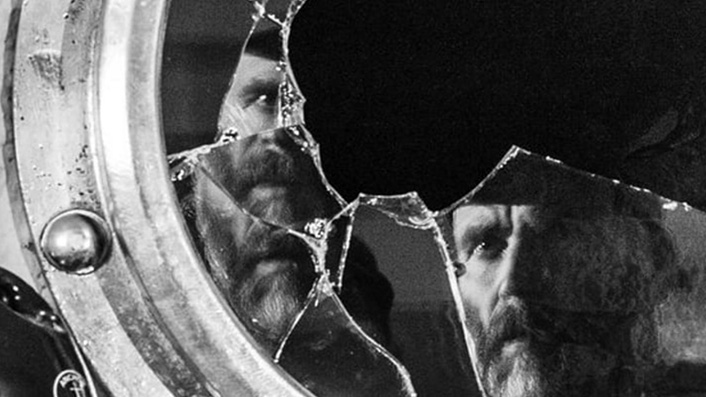Tradition and progress collide in both Bait’s story and filmmaking style

A struggling Cornish fisherman’s resentment of change and rich Londoners reaches boiling point in Mark Jenkin’s BAFTA-winning debut feature Bait.
Aaron Yap labels it a story of class friction and encroaching gentrification that one could imagine Ken Loach tackling with his customary fury, made distinctive by homespun imperfections, non-linear editing and 16mm Bolex camerawork.
Mark Jenkins’ Bait is an anomaly in a world that has, for a better part of recent history, completely embraced the slick convenience of digital tools for filmmaking. This pic flickers with a uniquely battered intensity. Like a freshly unearthed home movie that’s been boxed away since the ‘60s, it’s ragged, speckly, rough—think an exploratory student doodle with the raw immediacy of archival newsreel.
See also
* Where to watch Bait
* All movies now playing in cinemas
* All new streaming movies & series
But those brittle textures serve to heighten themes of impassioned currency, as Jenkins examines the simmering tensions in a Cornish village where local fishermen are locked in an ongoing tiff with a burgeoning tourist industry that’s threatening to snuff them out. It’s a familiar story of class friction and encroaching gentrification that one could imagine Ken Loach tackling with his customary fury.
If the plotting is somewhat slight, heavily reliant on the repetitive, quotidian banality of its cove setting, it’s elevated by Jenkins’ tactile technique, which communicates the sense that he’s spent long days and nights lugging around a Bolex, hand-processing 16mm stock and sweating it out over a Steenbeck to get his vision on-screen. This isn’t the fastidiously manicured A24 grime-chic of The Lighthouse.
The non-linear editing, often featuring jarring inserts that are only fully contextualised later, is charged with the free-associative power of Nic Roeg at his most liberating. The parade of close-ups—of the memorably surly Edward Rowe and a stable of mostly non-actors—are some of the most empathetic, intimate portraiture work since If Beale Street Could Talk.
Bait can be disorienting, disjointed, and deliberately alien in the moment. But its homespun imperfections do stay with you after it’s all over. It’s a mesmerising window into a community deeply unmoored by the battle between tradition and progress.

















